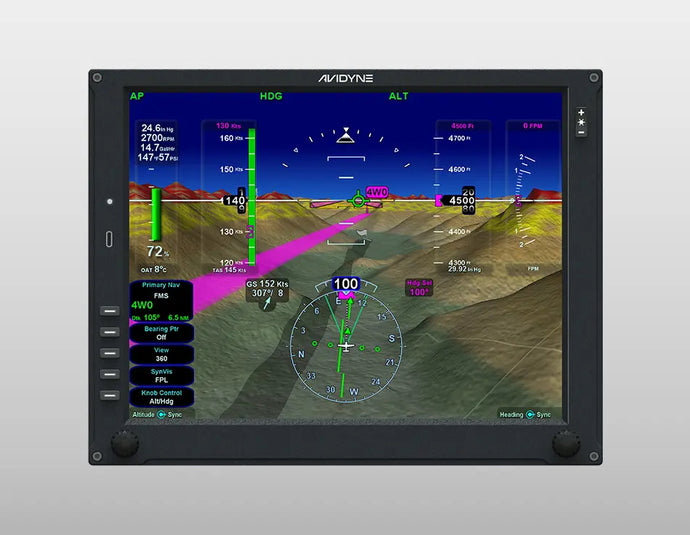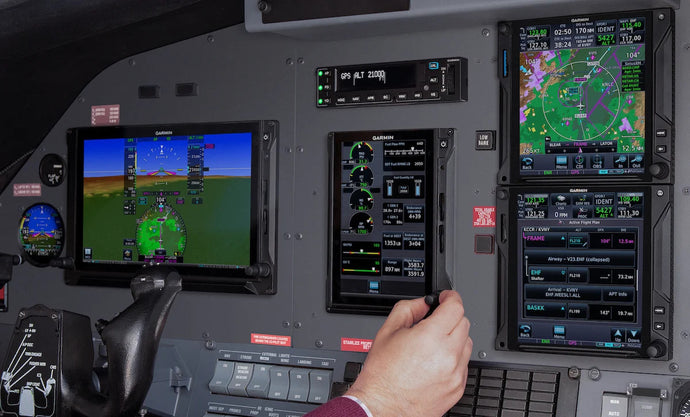Smart Glide Now Available as a free upgrade
Garmin is making it easier to get your plane to safety in the event of engine failure. Smart Glide technology automates tasks and reduces pilot workload in engine power loss emergencies.
Currently, the Smart Glide is available on GTN Xi navigators paired with Garmin’s G500/ G600 TXi and G3X displays and GI 275 and G5 electronic flight instruments. It’s also available for experimental G3X Touch and G3X autopilot systems.

When combined with a compatible autopilot like the GFC 500/600, Smart Glide automatically activates and engages the autopilot.
For $129, pilots can also opt for the Smart Glide button which can kick things into motion with a simple touch. Or you can simply hold the “direct to” button for two seconds. Once activated, Smart Glide creates a “direct to” route to the recommended airport. The map page on the GTN Xi then shows a glide range ring identifying all airports within gliding distance.
What’s particularly amazing about this product is that the ring adjusts dynamically to account for wind and terrain. It’s also displayed in a decluttered view with current altitude above ground level (agl), estimated agl at arrival, bearing, and distance to the airport.

It’ll also provide you with glide speed, airport name, a list of alternate airports you can choose from if you need to, arrival agl, longest runway information and wind components (if available), and an alert banner that gives information on glide status and pertinent instructions.
Airports are recommended based on a host of relevant information, including runway length and condition, proximity, terrain, and weather information gathered through ADS-B In (FIS-B), SiriusXM, and Garmin Connext, as well as measured winds calculated by the PFD.
Smart Glide also considers VFR or IFR conditions when recommending a suitable airport, according to Garmin, for aircraft equipped with a Garmin GTX 345/345R transponder, GTX 375 acting as a transponder, GSR 56 Iridium transceiver, or GDL 69/69A SiriusXM satellite weather receiver with an appropriate weather subscription.
One of the biggest benefits of a system like this is that it frees up the pilot to focus on dealing with the emergency. For example, instead of being head down charting an emergency course, you will be running through your engine-failure and restart checklists.
Even if there is no suitable airport within gliding distance, Smart Glide still uses the Garmin autopilot to adjust the attitude for the best glide speed and then during the off-airport approach and landing gives the pilot audible altitude alerts. In addition to the information displayed on the avionics, Smart Glide provides audible messages such as bearing and distance to the airport. Once it selects the airport, it also sets that airport’s CTAF or tower frequency into the standby field and switches the CDI to GPS mode plus switches the transponder to the 7700 emergency code.
The system warns the pilot with an audible alert and visual banner at 4 nm to the airport, then at 2 nm advises the pilot to take over control with an audible position alert and flashing red alert (on the GTN Xi).
While the details may seem complicated, the technology dramatically simplifies and lightens the workload required during stressful situations. And that might just be enough to save your life.









